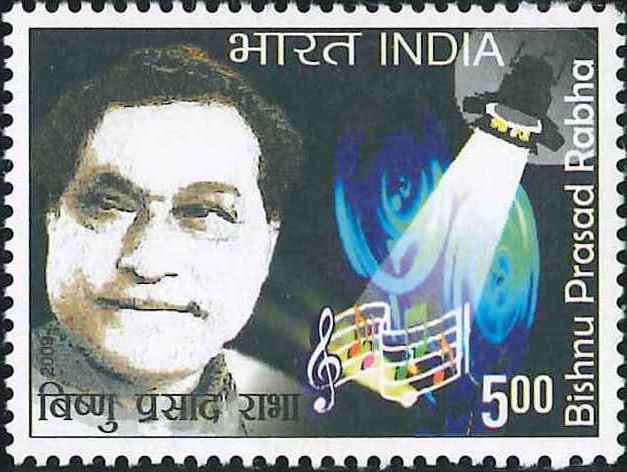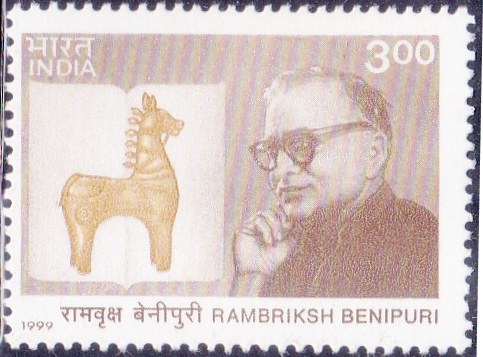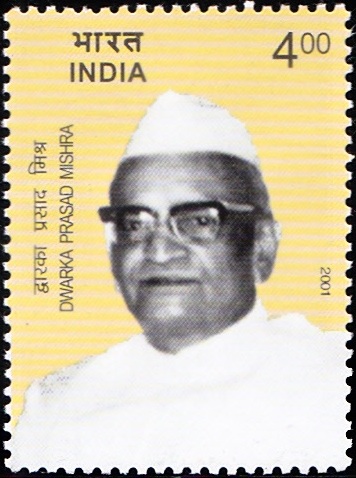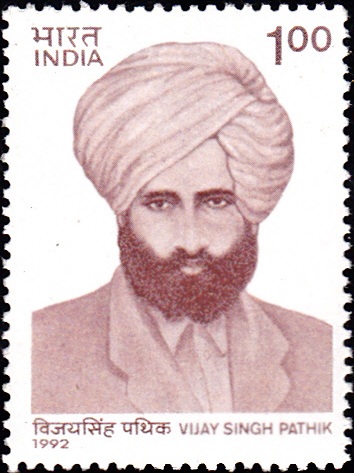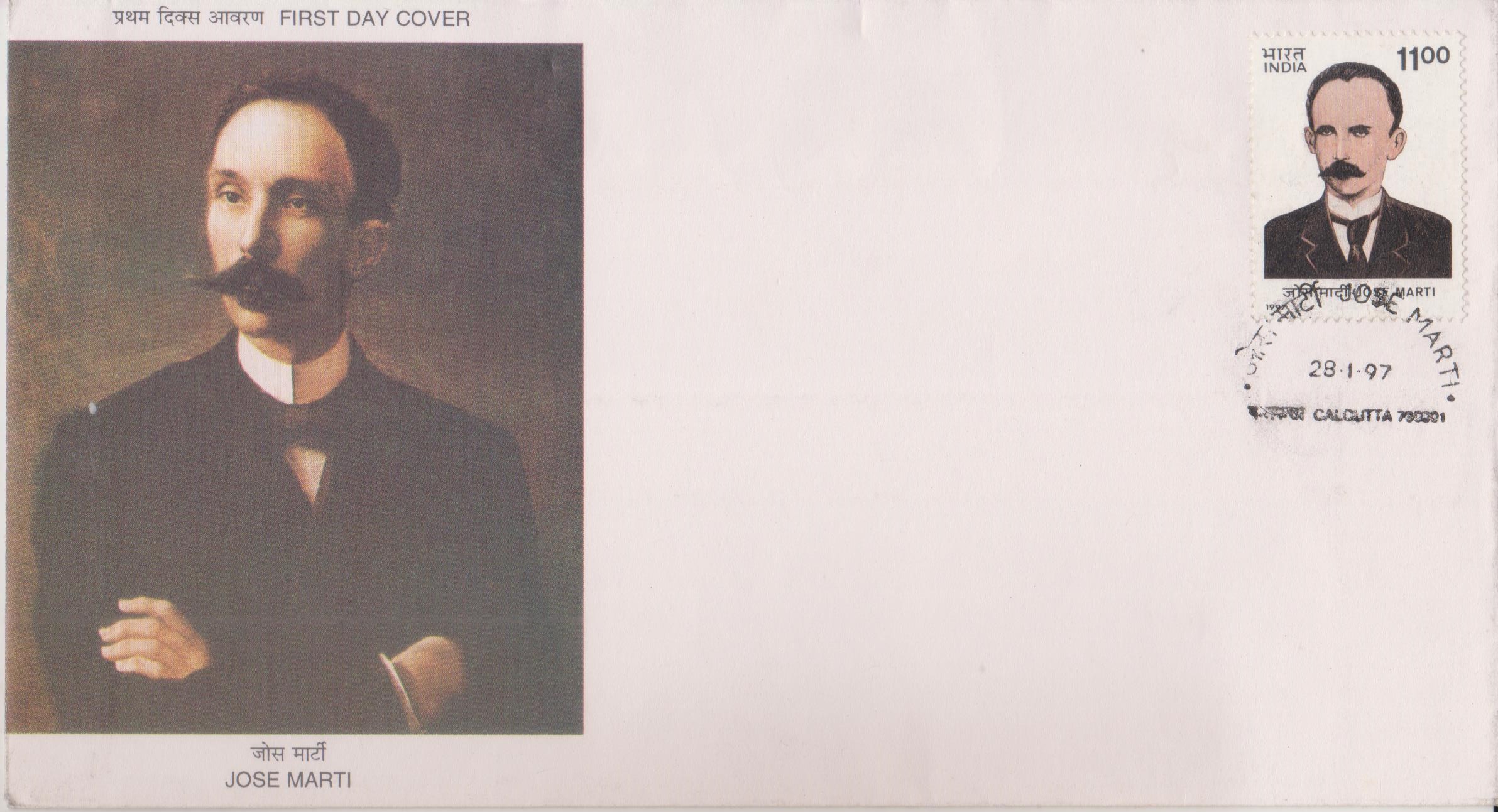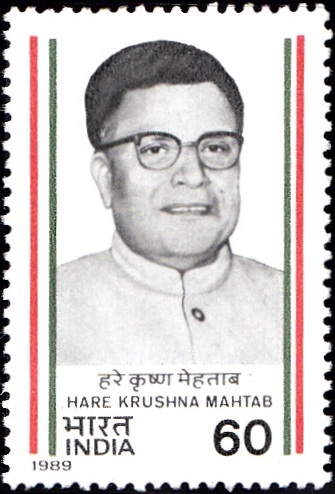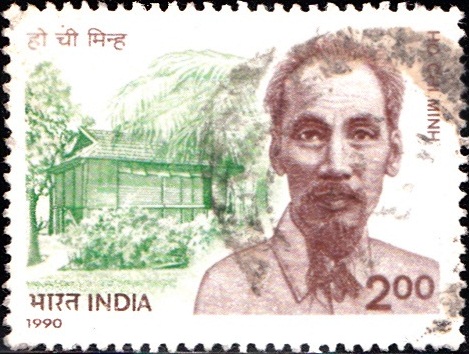
India on Ho Chi Minh
A commemorative postage stamp on the Birth Centenary of Hồ Chí Minh, 1st President of the Democratic Republic of Vietnam (1945-69) :
 Issued by India
Issued by India
Issued on May 17, 1990
Description of Designs : The stamp depicts the portrait of late Dr. Ho Chi Minh and house he lived in. The stamp is based on photographs furnished by the Vietnamese Embassy.
Type : Stamp, Postal Used
Colour : Two Colour
Denomination : 200 Paise
Overall size : 3.91 x 2.90 cms.
Printing size : 3.55 x 2.54 cms.
Perforation : 13 x 13
Paper : Indigenous Un W/M Gummed Coated Stamp Paper
Number Printed : 10,00,000
Number per issue sheet : 35
Printing Process : Photogravure
Printed : India Security Press
Name : Nguyễn Sinh Cung
Born on May 19, 1890 at Kim Liên, Nam Đàn district, Nghe An province, Vietnam
Died on Sep 2, 1969 at Hanoi, Vietnam
About :
- The architect of Vietnamese independence, Ho Chi Minh was born on 19th May, 1890, at Kim Lien village, Nam Dan District in the province of Nghe Tinh in Central Vietnam. His real name was Nguyen Sinh Cung, which was changed first to Nguyen Tat Thanh and then to Nguyen Ai Quoc or “Nguyen the patriot”. He adopted the name of Ho Chi Minh in 1942.
- Greatly inspired by the ideals of the French Revolution and the works of Rousseau and Montesquieu, he left Vietnam in 1911 in search of the right course of action for liberation from French Colonialism. During his 30 years abroad, he participated actively in many socio-political movements. He was a member of the French Socialist Party and took part in the founding of the French Communist Party. In February, 1930, he convened a conference for all Vietnamese revolutionaries at Hong Kong and merged the various Communist groups into the Communist Party of Vietnam. He was also responsible for working out the Party’s political platform, strategy and statute.
- In 1941, Ho Chi Minh secretly returned to Vietnam and formed Viet Minh, the Independence League. He believed that the revolution in Indo–China was part of the world-wide struggle against colonialism, imperialism and fascism. In August, 1945, he called a people’s national Congress and ordered a general insurrection. On 2nd September, 1945, as Head of the Provisional Government, he proclaimed the birth of the Democratic Republic of Vietnam. The struggle for liberation, however, continued till 1954, when a temporary partition was agreed upon to stop the bloodshed.
- Ho Chi Minh passed away on 2nd September, 1969, after a simple but eventful life. The Vietnamese people translated their sorrow into action, stepping up the struggle for a reunified and independent Vietnam, which was finally achieved in April 1975, fulfilling Ho Chi Minh’s life-long dream.
- Simple in life, he chose to live in a hut rather than the Presidential palace, cultivating his own vegetables. His other interests led him to journalism, poetry, playwriting, acting and lecturing. He was deeply interested in other cultures, and did his best to promote and protect the Vietnamese cultural traditions. In the words of Pandit Nehru, Ho Chi Minh was “not only a peace–lover, but also a particularly affable and friendly personage, one who never thought of himself, who was so simple and modest…..a man of the masses, a leader who knew how to combine in a rare manner utmost generosity with the most stubborn determination”.
- Text : Courtesy Embassy of Vietnam in India.


